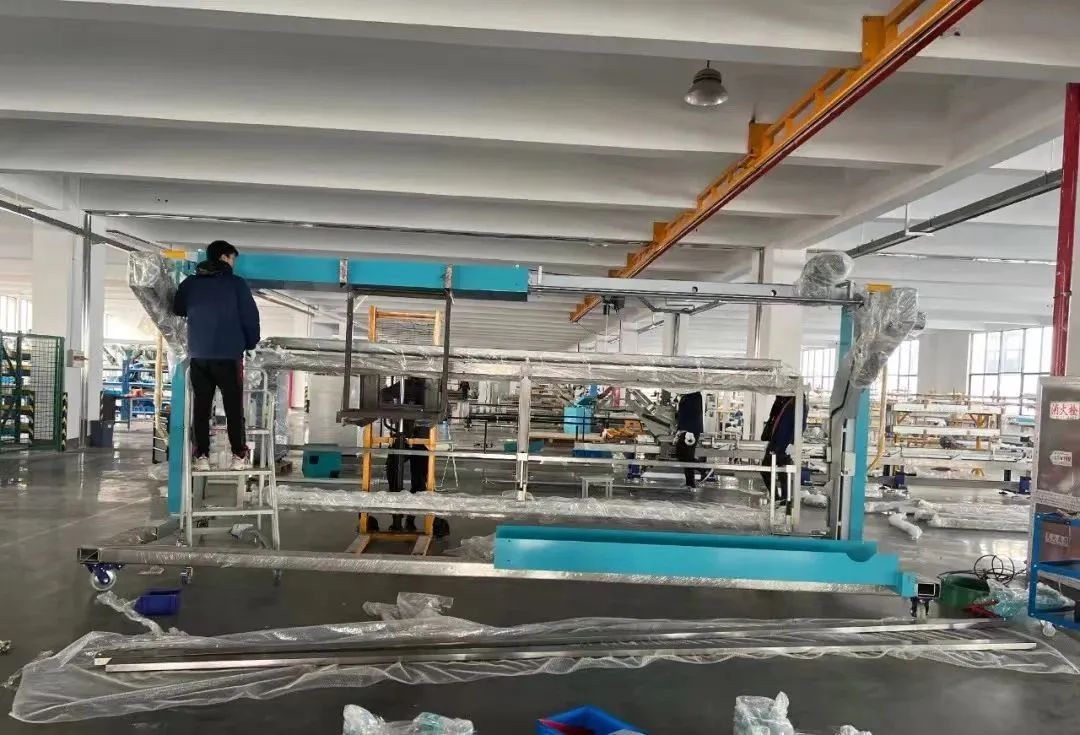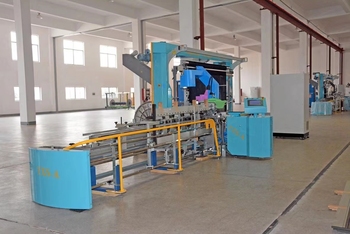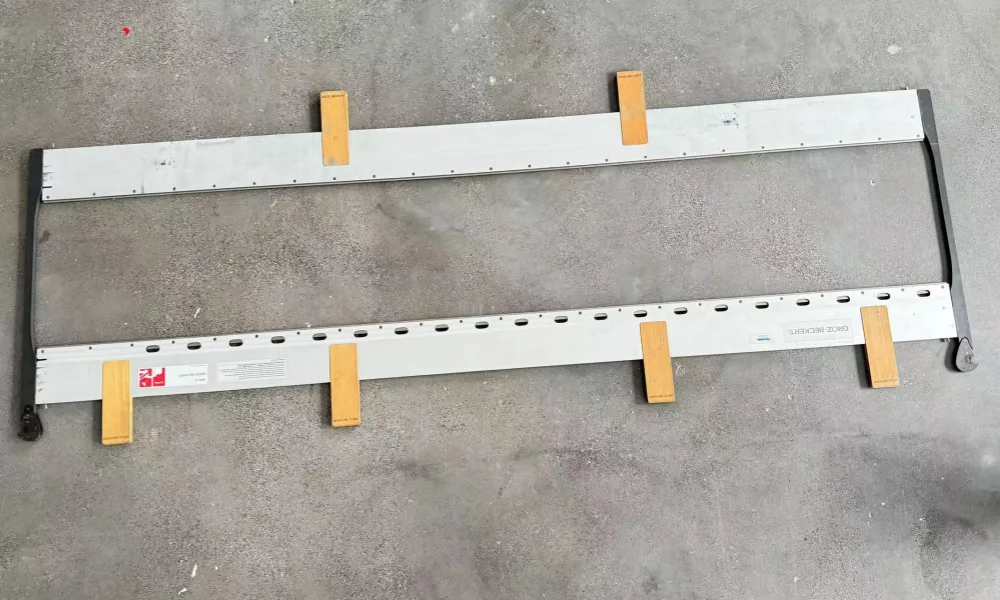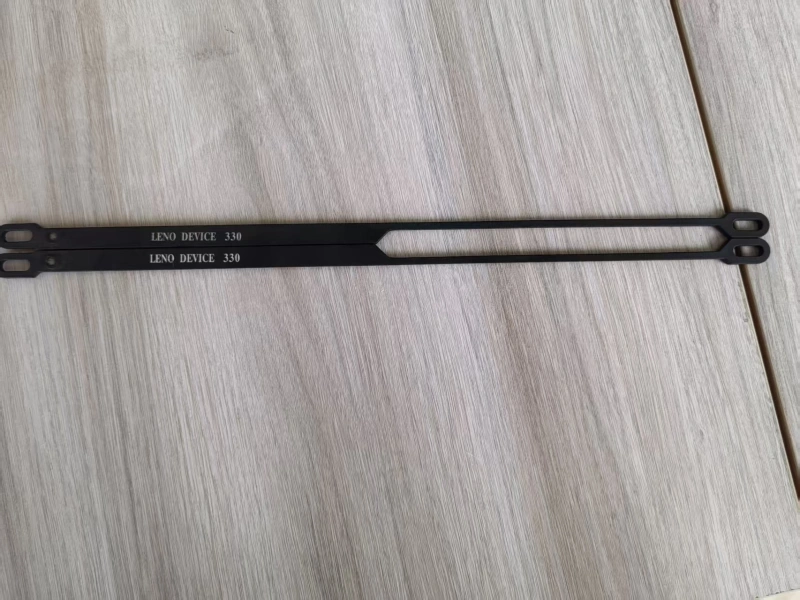Mis on tilkjuhtmete funktsioon? Millised on kõige sagedamini kasutatavad juhtmete tüübid?
2024-11-20
Drop wires are a vital component of the telecommunications industry and play a major role in connecting overhead distribution lines to individual customer premises. This type of wire is essential for delivering telephone and internet services, ensuring that the communications network remains stable and reliable. The main function of a drop wire is to facilitate the final leg of the connection, bridging the gap between the main distribution network and the end user.
There are several types of drop wires commonly used in the industry, each designed to meet specific requirements based on the environment and application. The most common types include:
1. Overhead Service Wire: This type is typically used in overhead installations. It is designed to withstand environmental factors such as wind, rain, and temperature fluctuations. Overhead service wires are typically made of insulated copper or aluminum for durability and corrosion resistance.
2. Underground service leads: For areas where overhead lines are not suitable, underground service leads can be used. This type of service lead is designed to be buried underground and has rugged insulation to protect against moisture and soil conditions. It is often used in urban environments where aesthetics and safety are important.
3. Fiber optic drop cable: As the demand for high-speed internet continues to grow, fiber optic drop cables are becoming more and more popular. This type of drop cable uses glass fibers to transmit data at high speeds over long distances. It is lightweight and has superior performance compared to traditional copper cables.
In summary, drop cables are an integral part of telecommunications infrastructure, enabling efficient communications by connecting subscribers to the wider network. Understanding the different types of drop cables and their specific roles helps in selecting the right solution for various installation scenarios, ensuring optimal performance and reliability in service delivery.




